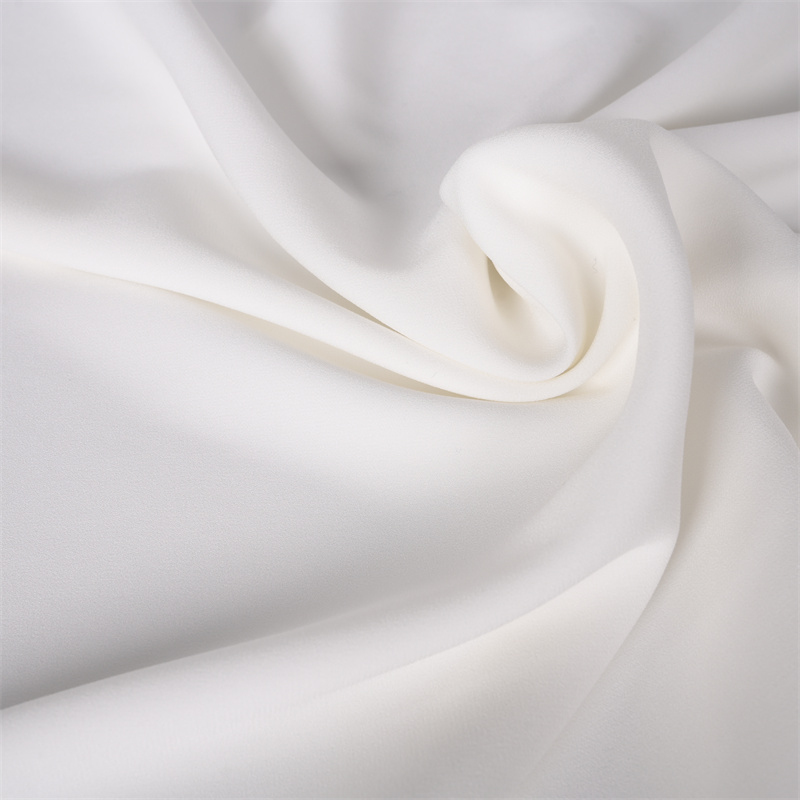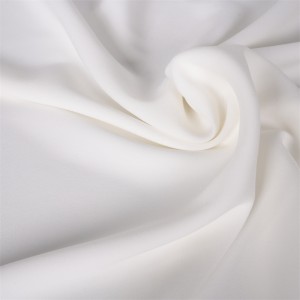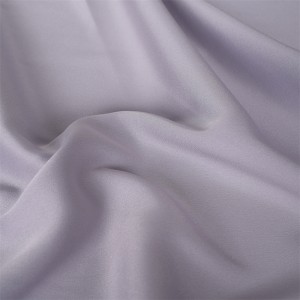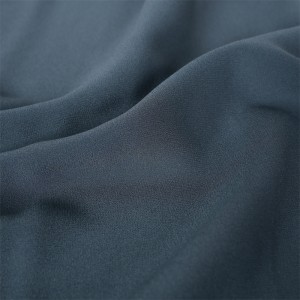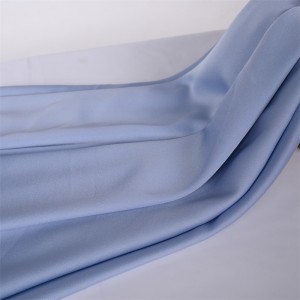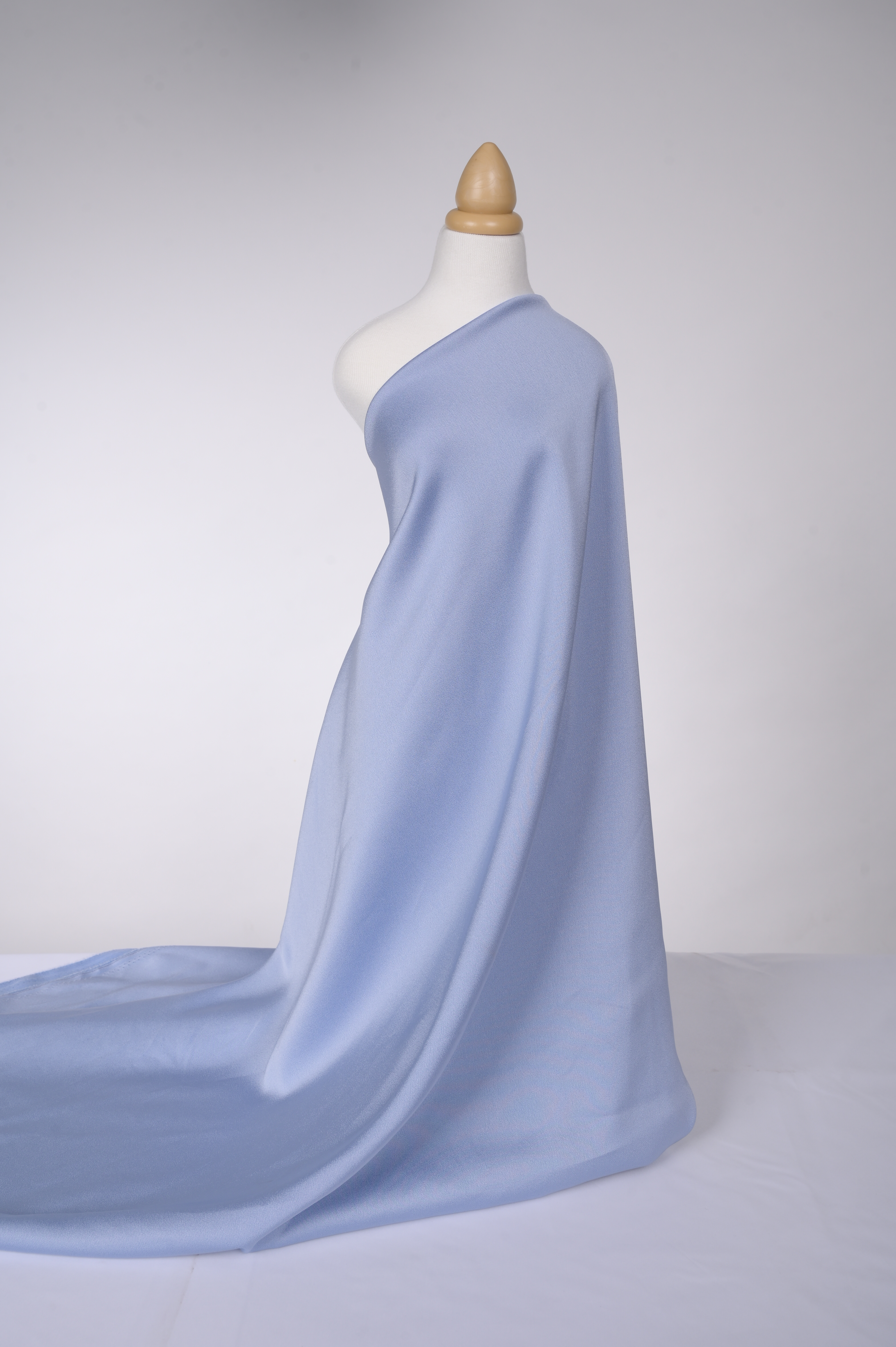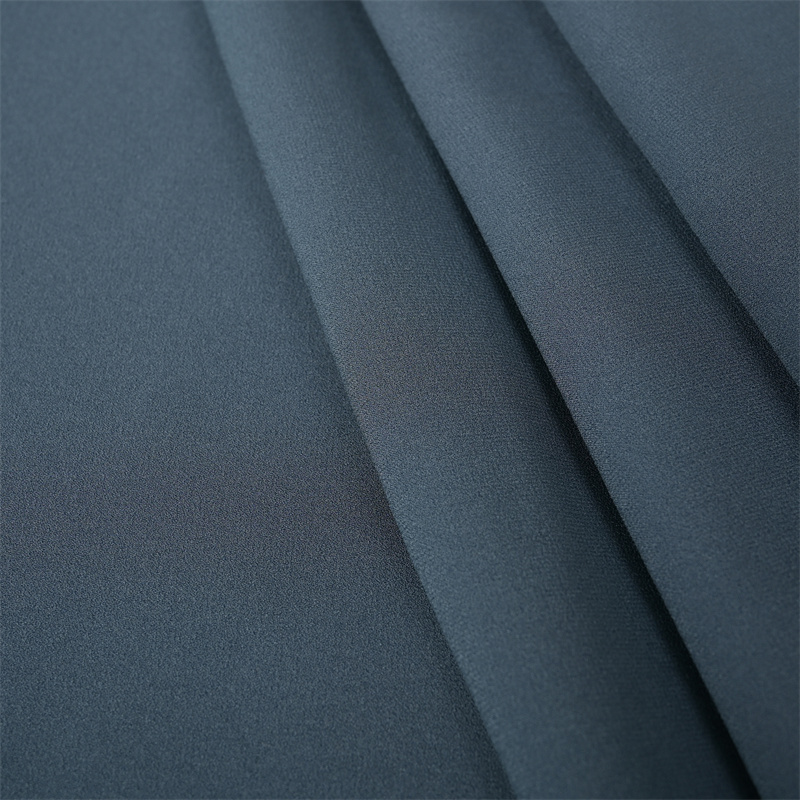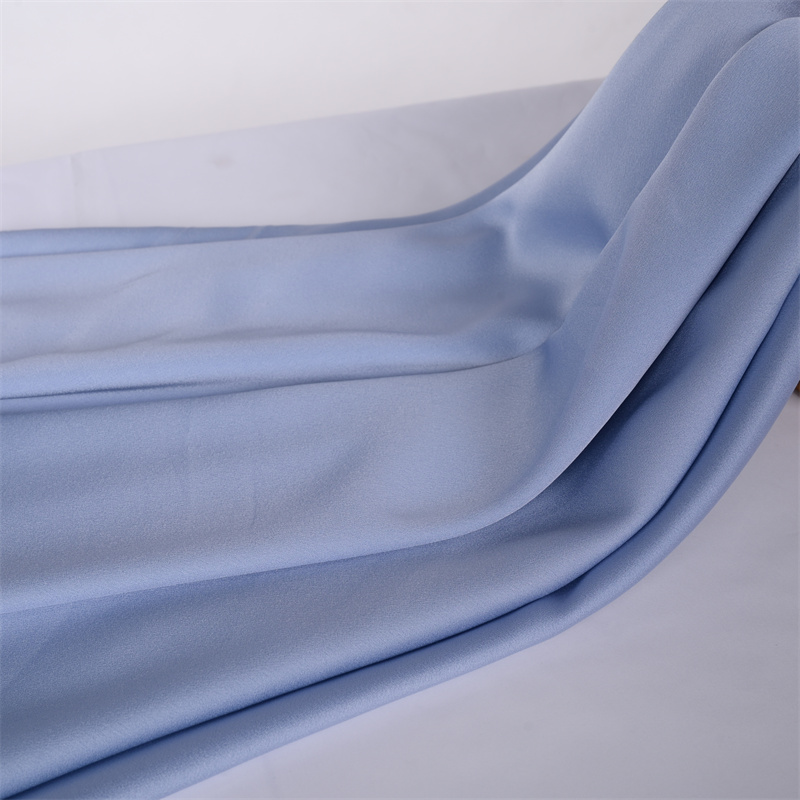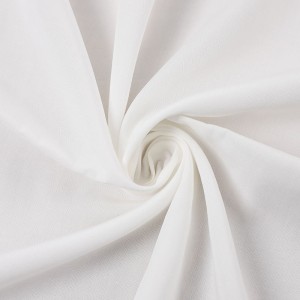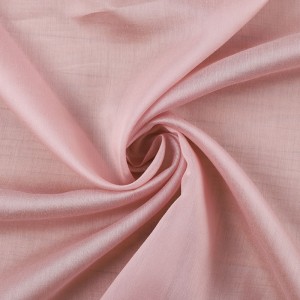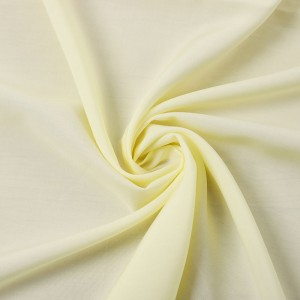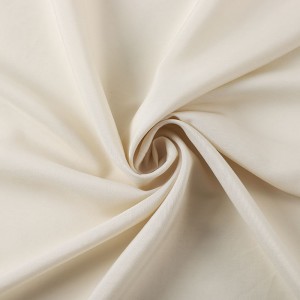ACETATE POLY ANTI-STATIC,ANTI-ULTRAVIOLET SKIN PROTECTION FABRIC FOR DRESS AC9218
Are you also looking for one?
This item With the new dyeing process, the surface of the fabric is silky, the luster is as soft as the real silk, the drape feeling, the wearability, the protection is beyond the real silk, and has excellent moisture absorption, moisture release, comfortable wearing, is the real breathing face material, the wrinkle resistance is good, easy to manage, at the same time has the natural anti-static, anti-ultraviolet skin protection function.
The structure of acetate fiber longitudinal fiber surface is smooth and uniform, with obvious grooves; As can be seen from its cross-sectional shape, the fiber has no skin-core structure, which is alfalfa leaf-shaped, with smooth periphery and few shallow serrations.
Properties of acetate fiber chemical properties
1. Alkali resistance
Weak alkaline agent did not damage acetate fiber basically, and the fiber weight loss rate was very small. When it meets strong alkali, especially diacetate fiber, it is easy to deacetylate, resulting in weight loss, strength and modulus decrease. Therefore, the pH value of the solution for treating cellulose acetate should not exceed 7.0. Under standard washing conditions, it has strong chlorine bleaching resistance and can also be dry-cleaned with tetrachloroethylene.
2. Resistance to organic solvents
Cellulose acetate is completely soluble in acetone, DMF and glacial acetic acid, but insoluble in ethanol and tetrachloroethylene. According to these characteristics, acetone can be used as the spinning solvent of acetate fiber, and tetrachloroethylene can be used to dry clean acetate fiber fabric.
3. Acid resistance
Acetic acid fiber has good acid stability, and common sulfuric acid, hydrochloric acid and nitric acid will not affect the strength, luster and elongation of the fiber within a certain concentration range. But can be dissolved in concentrated sulfuric acid, concentrated hydrochloric acid and concentrated nitric acid.
4. Colorability
Although cellulose acetate is derived from cellulose, during the esterification process, a large part of polar hydroxyl groups on the glucose ring of cellulose are replaced by acetyl groups. Therefore, dyes commonly used in cellulose fiber dyeing have almost no affinity for cellulose acetate and are difficult to dye. The most suitable dyes for acetate fiber are disperse dyes with low molecular weight and similar dyeing rate.
The acetate fiber or fabric dyed with disperse dyes has bright color, good leveling effect, high dye exhaustion rate, high color fastness and complete chromatography.
Product Parameter
SAMPLES AND LAB DIP
Sample: A4 size/ hanger sample available
Color: more than 15-20 colors sample available
Lab Dips: 5-7 days
ABOUT PRODUCTION
MOQ: please contact us
Leas Time: 30-40 days after quality and color approval
Packaing: Roll with polybag
TRADE TERMS
Trade Currency: USD, EUR or rmb
Trade Terms: T/T OR LC at sight
Shipping Terms: FOB ningbo/shanghai or CIF port
